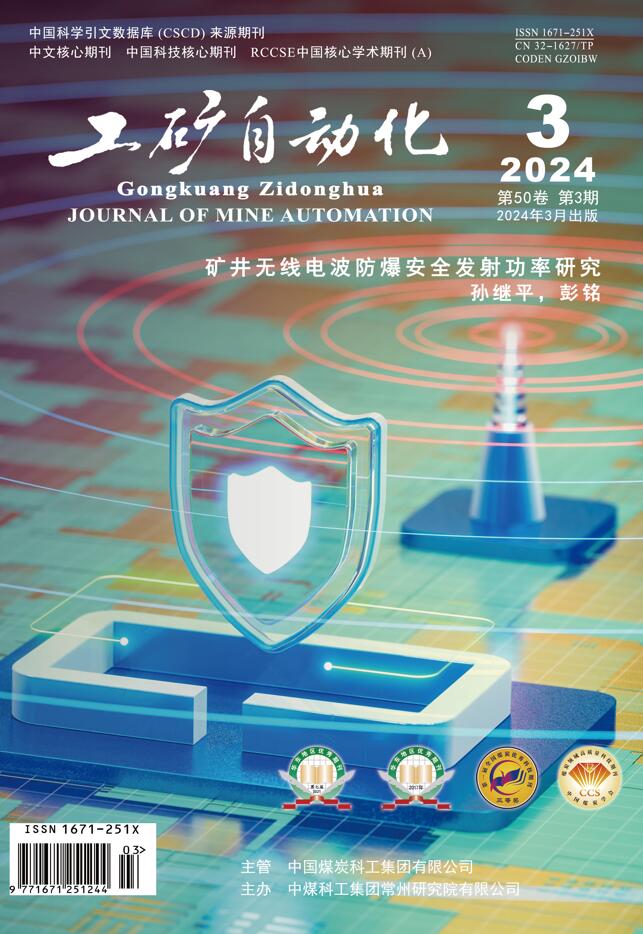Abstract:
Most of existing models and methods for research of capacitive circuit spark discharge and high-power intrinsic safety power supply only consider discharge characteristics of energy storage elements during discharge process, and do not consider influence of power supply potential on discharge characteristics of capacitive circuit. Analysis of capacitive circuit discharge characteristics is carried out under condition of no load, without considering situation of load in practical application. For the above problems, based on analysis of short-circuit spark discharge characteristics of capacitive circuit, the intrinsically safe power supply is equivalent to the electric potential capacitance (EC) circuit, and spark discharge equivalent mathematical model was established by introducing power supply potential and external load, the mathematical expressions of spark discharge current, discharge voltage and discharge power is derived in the circuit failure, and combined with the mathematical model and Matlab simulation research, the influence of the power supply potential, filter capacitor, short-circuit resistance and load current before short-circuit on short-circuit spark discharge current, discharge voltage and discharge power during faults were analyzed. Theoretical analysis and simulation results show that in the short-circuit of EC circuit, the spark discharge current and spark discharge power rapidly rise to the maximum value at the initial stage, and then slowly decrease, and the spark discharge voltage quickly drops to the minimum value; in short-circuit of EC circuit, other circuit parameters are not changed, with the increase of the power supply potential, the spark discharge current and the spark discharge power increase obviously, which poses a great threat to the intrinsic safety performance of the circuit; with the increase of the filter capacitor, the spark discharge current spike increases, the discharge power increases, it is necessary to consider the output voltage ripple and intrinsic safety performance to reasonably select the capacitance value of the filter capacitor; as the loop resistance increases during a short-circuit, the spark discharge current and the spark discharge power are also significantly reduced, which can effectively improve the intrinsic safety performance of the circuit; with the increase of the load current before the short-circuit, the spark discharge current and spark discharge power increase somewhat, but the increase is not obvious, which has little influence on the intrinsic safety performance of the circuit.




